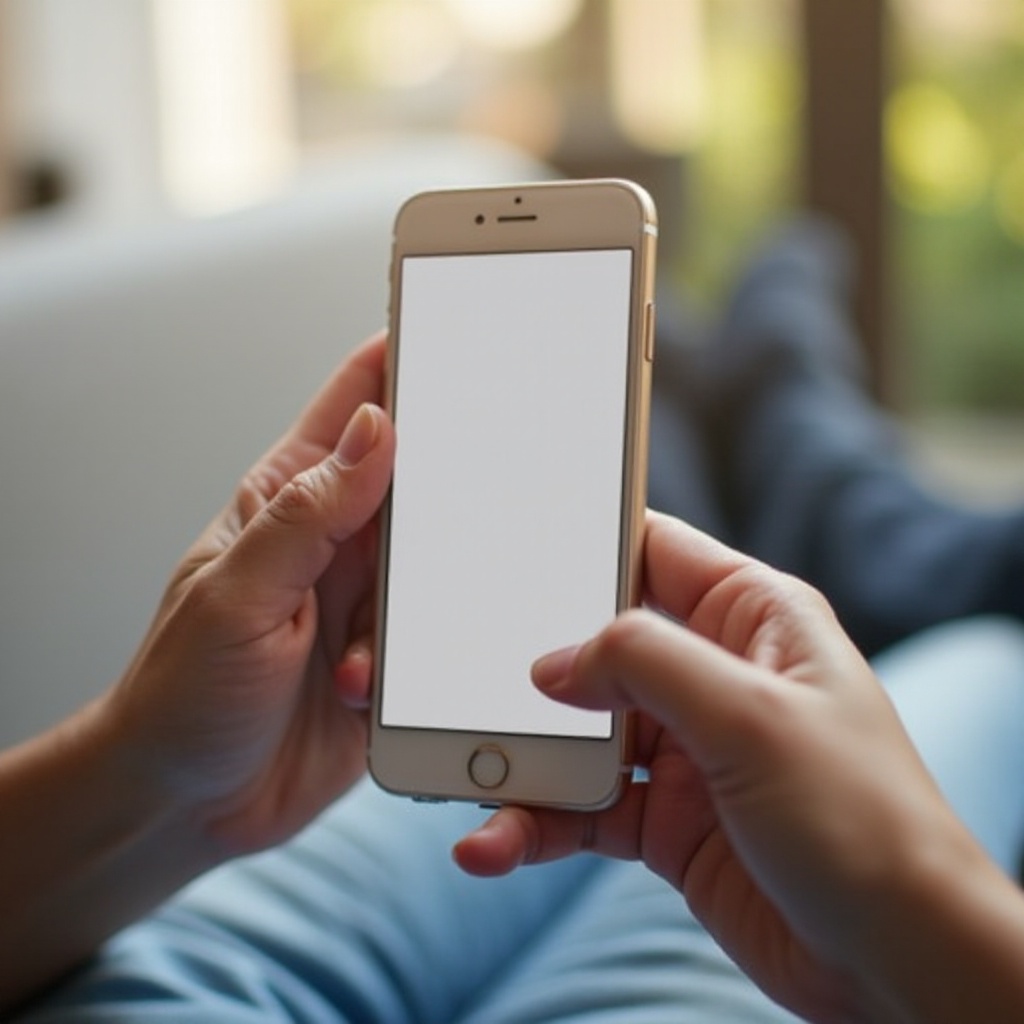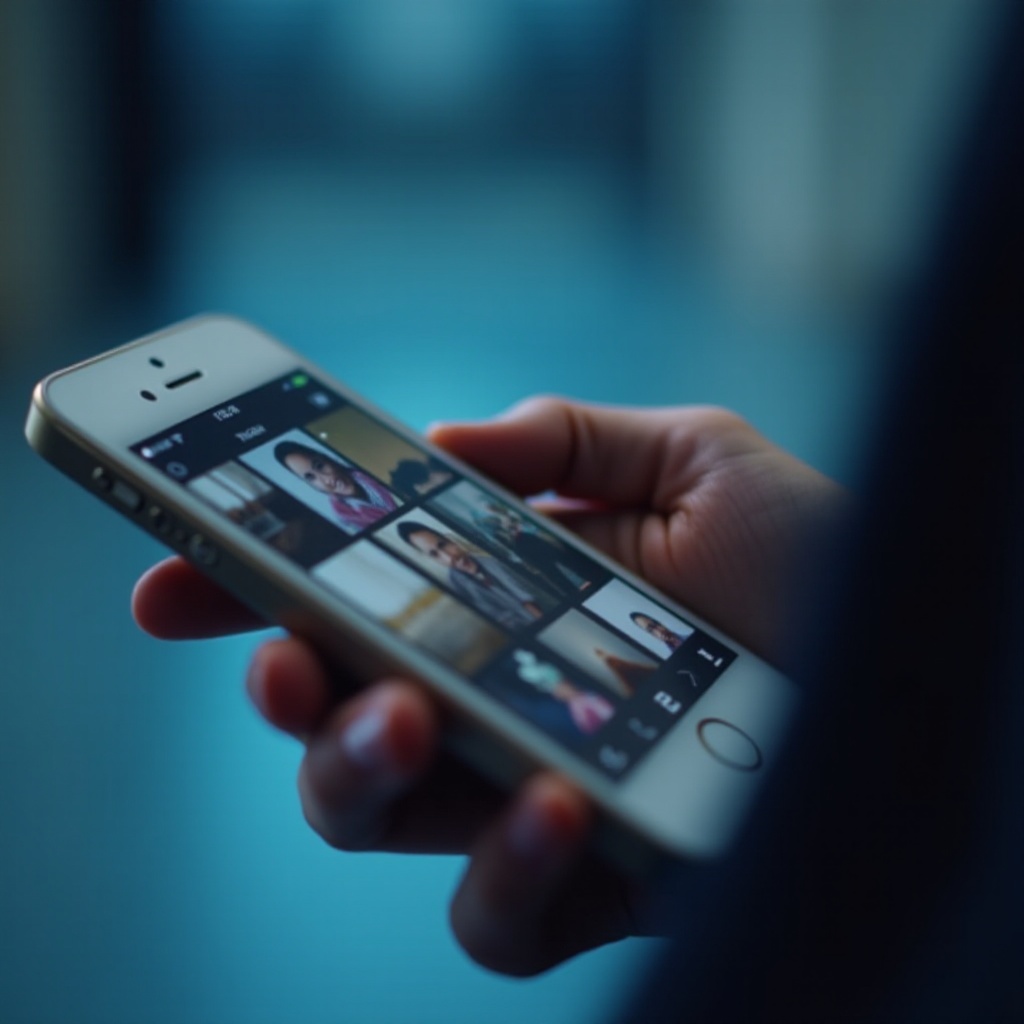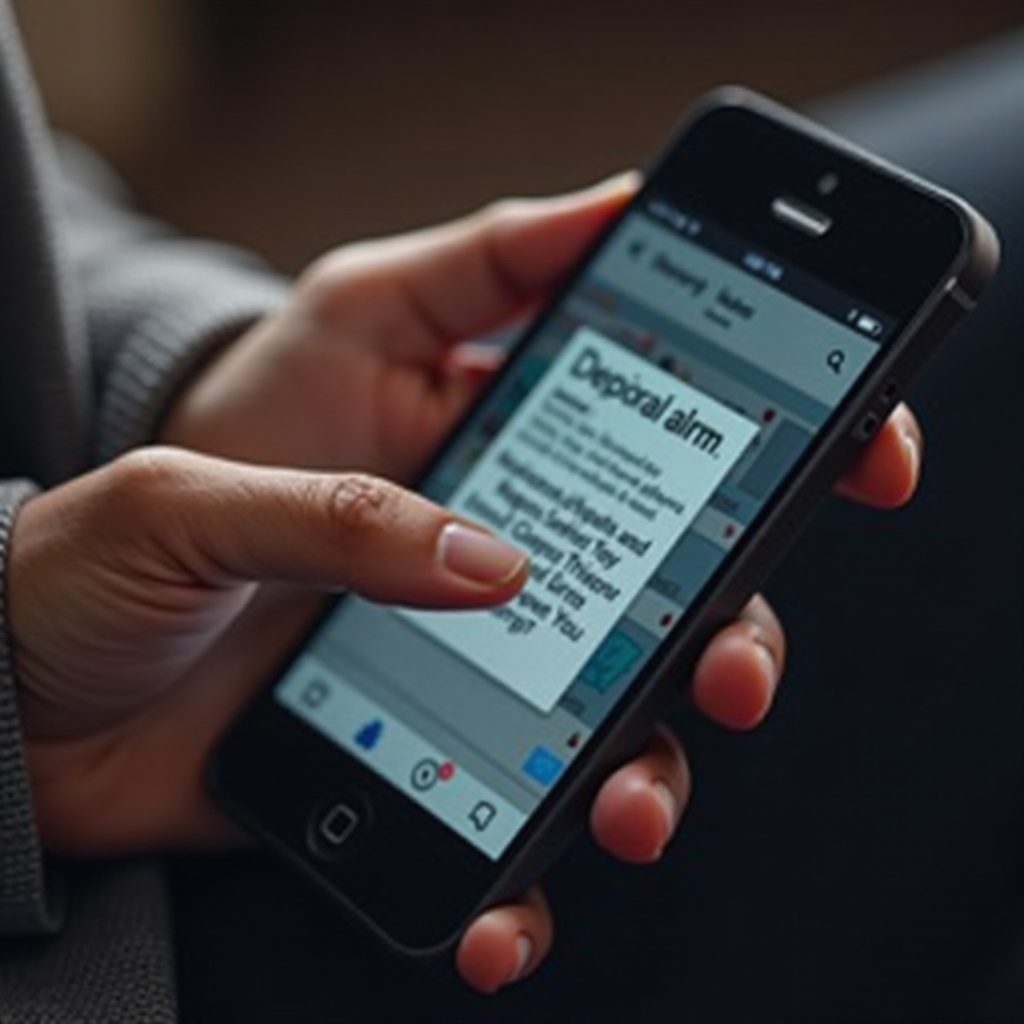Introduction
Our phones contain a treasure trove of personal information, with photos being some of the most sensitive data stored on them. The thought of someone viewing these pictures without your consent strikes a chord of anxiety in many. In this post, we’ll explore how unauthorized access to your photos could happen and offer comprehensive tips to enhance your phone’s security. If you want peace of mind and the confidence that your private moments stay private, read on to discover how you can protect your phone and its content from prying eyes.

Common Ways Unauthorized Access Happens
Unauthorized access to your phone can occur in several ways. Understanding these methods is the first step toward preventing them.
-
Physical Theft or Borrowing: The simplest way someone might access your photos is by gaining physical access to your phone. Whether through theft, borrowing, or picking it up while you’re not looking, this method allows direct access to the images stored on your device.
-
Phishing Attacks: Phishing scams are increasingly sophisticated, tricking users into giving up their login details. Once these attackers have access to your credentials, they can use them to access your cloud storage and download your photos remotely.
-
Malware: Malicious software, often disguised as legitimate apps, can infect your phone. These apps can then work in the background to access your photos and other sensitive information without you knowing it.
-
Public Wi-Fi Networks: Unsecure Wi-Fi networks can be a hotbed for data interception. Hackers on the same network can capture data sent from your phone, including photos, without your knowledge.
Recognizing how these vulnerabilities can be exploited, it is crucial to secure your phone both physically and digitally.
Protecting Your Phone Physically
Now that we understand how unauthorized access can happen, let’s discuss how to protect your phone physically.
-
Use Strong Passwords or Patterns: Ensure that accessing your phone requires a strong password, PIN, or pattern. Avoid easily guessable options like ‘1234’ or ‘0000.
-
Enable Auto-Lock: Set a short auto-lock time frame, ensuring that your phone locks itself quickly after being idle. This short window minimizes the opportunities for someone to access your data if you leave your phone unattended.
-
Keep Your Phone in Secure Locations: Avoid leaving your phone in easily accessible or visible locations. If you need to step away, even for a moment, make sure your phone is with you or securely stored.
These steps help prevent people from physically picking up your phone and exploring its contents.
Enhancing Digital Security
Physical security is essential, but digital threats can be just as severe. Here are some digital security measures to implement.
-
Use Two-Factor Authentication (2FA): Enabling 2FA for all accounts linked to your phone adds an extra layer of security. Even if someone acquires your password, they’ll need the second form of verification to access your account.
-
Regularly Update Your Software: Keeping your phone’s operating system and apps up to date ensures you have the latest security patches. Developers continuously update software to fix vulnerabilities, so staying current helps protect your device from new threats.
-
Install Antivirus and Anti-malware Software: A good security app can detect and neutralize threats like malware that may compromise your photos.
-
Encrypt Your Device: Most modern smartphones offer encryption options. If someone tries to access your phone’s photos without authorization, encryption makes it significantly more challenging for them to retrieve usable data.
Adopting these digital security practices will help keep unauthorized users at bay.

Recognizing and Avoiding Phishing Scams
Even with strong physical and digital security, phishing remains a significant threat. Here are ways to recognize and avoid these schemes.
-
Check Email and Message Origins: Be wary of emails and messages asking for your credentials or directing you to websites requesting such information. Verify the sender’s identity before proceeding.
-
Avoid Clicking Unverified Links: Links in emails or texts from unknown sources can be deceptive. Hover over links to see the URL they direct you to, and avoid clicking on any that seem suspicious.
-
Educate Yourself on Common Phishing Tactics: Stay informed about the latest phishing techniques to be better prepared to recognize and avoid them.
By keeping these tips in mind, you can significantly reduce the risk of falling prey to phishing schemes.

Managing App Permissions
Beyond phishing scams, apps on your phone may also pose a risk to your photos. Here’s how you can manage app permissions effectively.
-
Regularly Review Permissions: Periodically check the permissions granted to each app on your phone. Ensure that only necessary permissions are enabled and revoke any that seem excessive or unnecessary.
-
Grant Permissions Judiciously: When installing new apps, be cautious about the permissions they request. Only grant access to your photos if absolutely necessary for the app’s functionality.
-
Use App Permission Management Tools: Some phones offer built-in tools for managing app permissions. Utilize these tools to streamline the process and maintain control over which apps can access your photos.
These practices help ensure that only trusted applications have the ability to view or modify your photos.
Securing Cloud Storage
Cloud storage offers convenience but can also introduce vulnerabilities. To protect photos stored on the cloud, adhere to these practices:
-
Use Strong Passwords and 2FA: As with your phone, securing your cloud accounts with robust passwords and two-factor authentication is essential.
-
Regularly Audit Cloud Storage Access: Keep track of devices and applications that have access to your cloud storage. Remove any that you no longer use or recognize.
-
Encrypt Files Before Uploading: For an additional layer of security, consider encrypting your photos before uploading them to the cloud. This way, even if the cloud storage is compromised, your data will remain protected.
Following these steps ensures that your cloud-stored photos are safe from unauthorized access.
What to Do if You Suspect Unauthorized Access
If you believe someone has accessed your photos without permission, it’s crucial to act quickly.
-
Change Passwords Immediately: Change the passwords for your phone, cloud storage, and any other affected accounts.
-
Scan for Malware: Run a full scan with your antivirus or anti-malware software to detect and remove any threats.
-
Enable Continuous Monitoring: Turn on alerts and monitoring features where available to keep tabs on account activity and detect any future unauthorized access attempts.
By taking these actions promptly, you can minimize the potential damage and prevent further unauthorized access.
Conclusion
Protecting the photos on your phone requires a combination of physical security measures, digital safeguards, and vigilance in recognizing potential threats. By implementing the strategies outlined in this guide, you can significantly reduce the risk of unauthorized access to your photos, ensuring your private moments remain private.
Frequently Asked Questions
How can I tell if someone is viewing my photos remotely?
Monitor account activity for any unfamiliar logs of access. Watch for unusual battery drain or data usage, as these could indicate unauthorized access.
What apps can help secure my photos?
Consider using apps like Signal Private Messenger, Google Photos (with strong passwords), or Vaulty, which offer added layers of security and encryption.
Is biometric security effective for protecting my photos?
Yes, biometric security measures like fingerprint and facial recognition provide robust protection and are difficult for unauthorized users to bypass.
